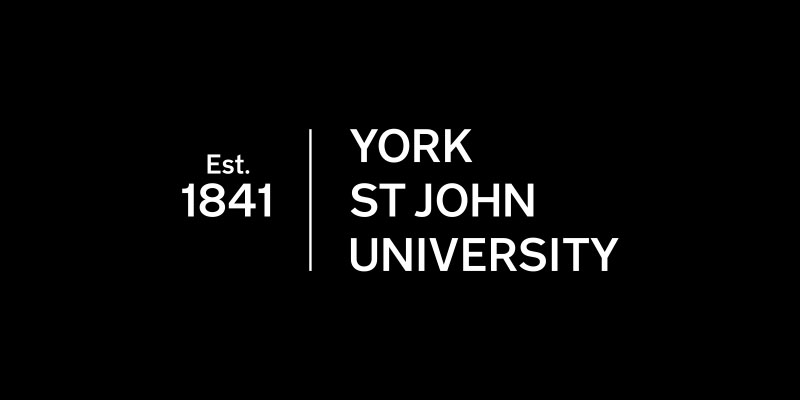By Andrews Agya Yalley.
As a module director for applied research projects, I’ve seen firsthand how academic malpractice and plagiarism continue to be major concerns. Recently, research supervisors have raised concerns about students potentially misusing AI tools like ChatGPT to complete their assignments. While this technology has raised eyebrows, I believe we’re looking at it the wrong way. AI isn’t the enemy—it’s more like a GPS that can help students navigate their learning journey.
AI is here to stay. It’s not a trend that will disappear anytime soon. The real question isn’t whether we should use it but how we should integrate it into teaching and learning in a way that benefits students. How do we help students use AI in a way that co-creates learning, allowing both students and technology to work together to build knowledge and skills?
Just the other day, I was teaching a couple of applied research project classes made up of international postgraduate business students. I decided to ask them how many were using ChatGPT or other AI tools. At first, only one or two hands went up—about 1% of the class. But when I shared that I personally use AI for writing, teaching, research, and even for social activities, suddenly, about 80% of the class admitted to using it too.
Why the hesitation? Why are students so reluctant to admit they’re using AI? It made me realize that part of the problem is the attitude many in academia have towards these technologies. There’s often a knee-jerk association between AI use and academic dishonesty. Students know that, and it makes them cautious about being open about how they use tools like ChatGPT.
So, how do we address this? How do we empower students to use these technologies positively and creatively? The answer lies in shifting our perspective. Instead of seeing AI as a threat to academic integrity, we should view it as a tool for enhancing learning. Just like a satnav helps a driver reach their destination, AI can help guide students through their learning journey.
Some academics are already integrating AI into their teaching, but we need to do more. It’s not just about incorporating AI into lessons—it’s about building students’ confidence in using these tools effectively. We can’t just throw AI at students and expect them to know how to use it responsibly. We need to teach them how to navigate AI’s benefits and limitations. In short, we need to put the horse before the cart: before we fully integrate AI, we must make sure students are confident, skilled, and knowledgeable about how to use it.

When students understand that AI is a tool to support their learning, not a shortcut or a way to cheat, they can use it to co-create learning experiences with their instructors. This leads to better critical thinking, problem-solving, and collaboration—skills that are essential not just in academia but in the workplace as well.
As we start this new semester, my plan is simple: I want to build student confidence in using AI like ChatGPT. I’ll include activities in class that involve using AI for brainstorming, problem-solving, and research, but always with an emphasis on ethical use. I want to show students how AI can enhance their learning, not replace it. My goal is for students to see AI as a partner in their academic journey, a tool that helps them become better thinkers and lifelong learners.
By taking this approach, we’re not just teaching students how to use a specific technology—we’re preparing them for a future where AI will be an even bigger part of their personal and professional lives. In doing so, we’re not putting the cart before the horse. Instead, we’re equipping students with the tools and confidence they need to drive their own learning forward.
At the end of the day, the key to integrating AI into teaching and learning is collaboration. It’s about creating an environment where students feel empowered to use these tools, where they see AI not as something to be feared or hidden but as something that can enhance their learning. We need to guide students, just like that satnav, toward the co-creation of learning and the development of the hybrid intelligence that comes from the collaboration between humans and technology.
AI is part of our reality now. Let’s help students use it wisely, ethically, and creatively, so that they can navigate the future with confidence.
 Andrews Agya Yalley is a Senior Lecturer in Business and Programme Director for the MSc Digital Marketing Programme at the London campus of York St John University. With over a decade of experience in both industry and higher education, his research focuses on social and sustainability marketing, consumer behaviour, and operational and quality management in higher education and services. He has published widely in top-tier journals and worked on consultancy projects with major organizations, underscoring his practical expertise.
Andrews Agya Yalley is a Senior Lecturer in Business and Programme Director for the MSc Digital Marketing Programme at the London campus of York St John University. With over a decade of experience in both industry and higher education, his research focuses on social and sustainability marketing, consumer behaviour, and operational and quality management in higher education and services. He has published widely in top-tier journals and worked on consultancy projects with major organizations, underscoring his practical expertise.
